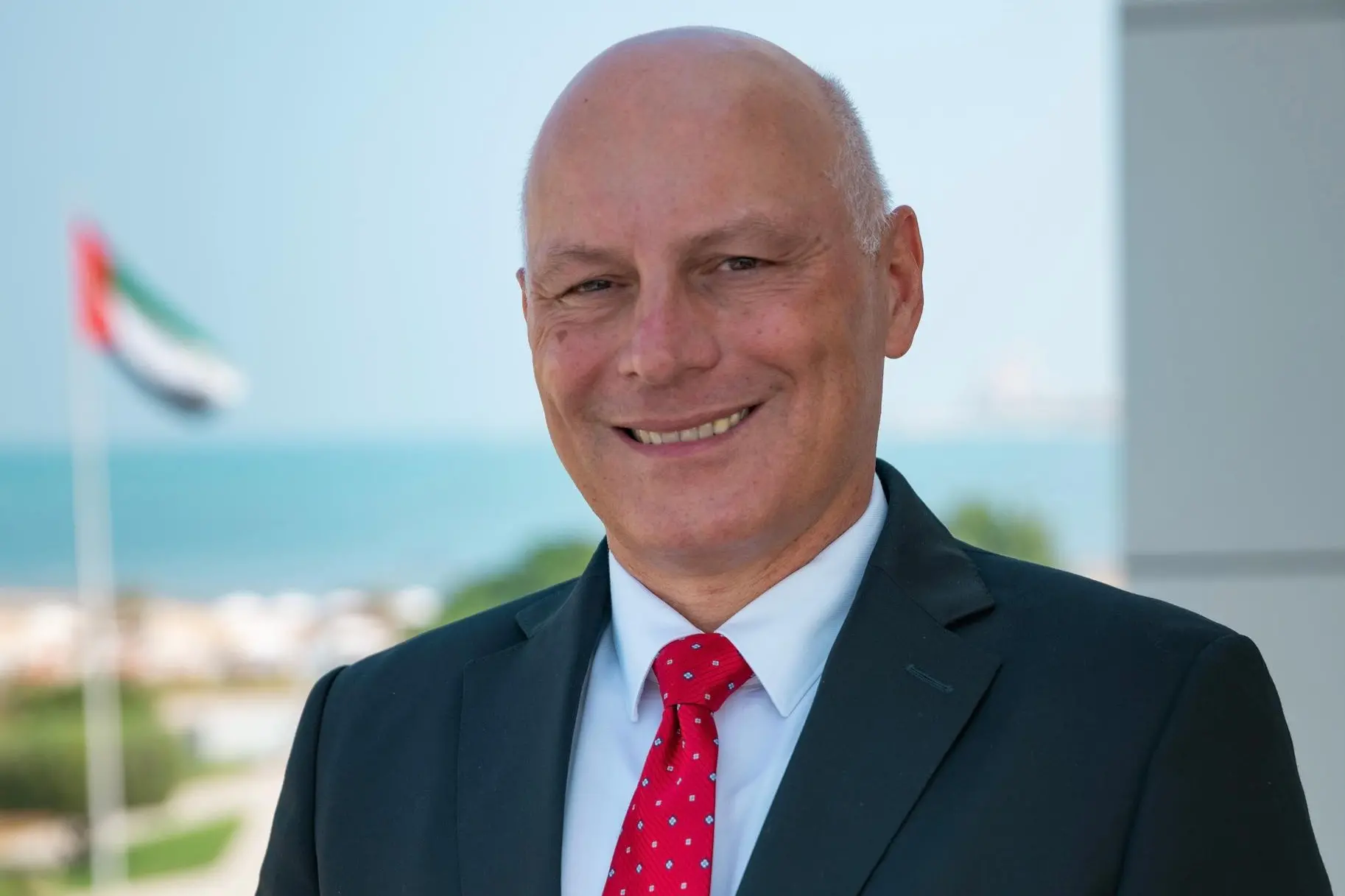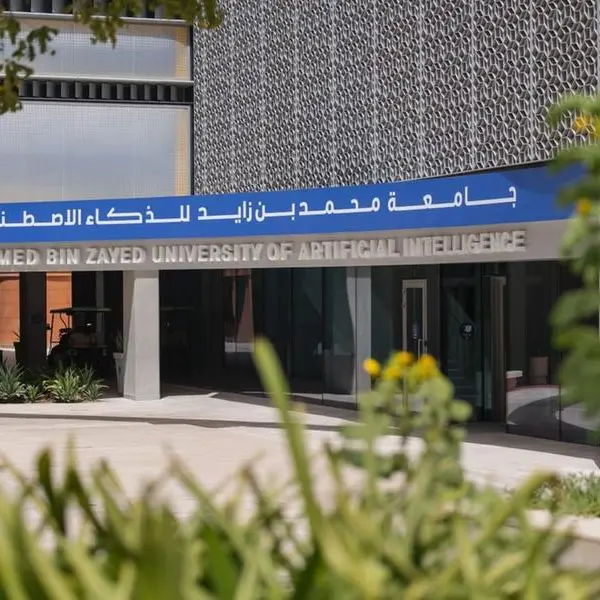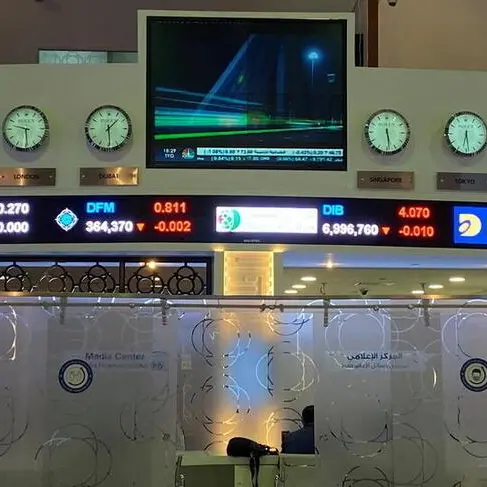PHOTO
About 380,000 passengers have passed through Ras Al Khaimah International Airport (RKT) so far in 2021. But if its new CEO has his way, in 2025 RKT will serve nearly three times that number, and many of these passengers will have bypassed the UAE’s larger airports entirely.
Atanasios Titonis, who took over from Sanjay Khannah two months ago, also has plans for the airport to find niche areas in cargo rather than compete directly with its neighbouring giant, the Dubai International Airport (DXB).
Under current plans, Titonis wants to increase RKT’s annual passenger numbers to more than 500,000 in 2022, then to 1 million in three to five years. Achieving the latter target will require a new greenfield terminal, but any future expansion remains at the planning stage.
Following the one million target, Titonis says traffic through RKT will grow at a faster rate than the 5 to 10 percent projected by the International Air Transport Association (IATA) and International Civil Aviation Organization (ICAO). This was the standard growth projected prior to the COVID-19 pandemic, based on the expectation that the airport’s market share will increase.
Doubling an airport’s capacity over a short period of time is an ambitious challenge, but Titonis says it is possible to build a terminal for 2 to 3 million passengers in the UAE within this time frame.
With the objective of attracting 3 million tourists annually by 2030, the emirate of Ras Al Khaimah announced earlier this year that it would invest $136 million in 20 sustainable tourism initiatives.
Improving connectivity
Titonis wants to see those tourists flying direct, and one of the first steps he has taken towards that goal is to improve airport connectivity with a bus service that now shuttles from the airport to the city of Ras Al Khaimah.
“Our market share is very low. Most of the tourists coming to Ras Al Khaimah are travelling to Dubai.
We have to work very closely with the Ras Al Khaimah Tourism Development Authority (RAKTDA); we will work with them closely when they do deals with the tour operators, then we will [together] approach the airlines to bring them to RAK, instead of letting the charters fly to Dubai. This is one of the main areas that we have to work in,” he said.
Titonis is targeting diverse markets to increase airport traffic. At the top of the list is blue-collar workers travelling from the subcontinent, but business travellers and expats travelling from Egypt make up an important customer base too. The airport already connects to three Egyptian cities, and Titonis hopes to expand that to five, or even seven.
Tourists travelling from Saudi Arabia are another target, as are those from key European markets such as Germany and Italy as well as from Africa, especially Ethiopia and Sudan, which have UAE expat populations. The Commonwealth of Independent States (CIS) are also a “very interesting market”, according to Titonis, with Kazakh carrier SCAT flying to the airport since earlier this year.
Regarding cargo services at RKT, Titonis underscored the importance of finding its niche to compete with the UAE’s major airlines. “Live animals, we already have at the airport,” he said. “I see a niche in dangerous goods management, so we need to have experts. If you have a big competitor, you build up and work on your niche,” he said.
Maintenance Repair and Operations (MRO) is another potential growth area for RKT. “We already started to talk to three big companies to build up in our airport this maintenance facility,” he said, noting that talks are still ongoing, but that he hoped to have one firm in place at the airport by the middle of next year.
Titonis believes that RKT’s “boutique” size can be an advantage to customers, allowing them to hit the beach a mere 45 minutes after landing. “Generally, we want to be a boutique airport; we want to be an enabler for businesses like low-cost airlines, but for airlines like Gulf Air as well. At a small airport, you always have the advantage of quick processes. We have to utilise this advantage.”
(Reporting by Imogen Lillywhite; editing by Seban Scaria)
(imogen.lillywhite@refinitiv.com)
Disclaimer: This article is provided for informational purposes only. The content does not provide tax, legal or investment advice or opinion regarding the suitability, value or profitability of any particular security, portfolio or investment strategy. Read our full disclaimer policy here.
© ZAWYA 2021












